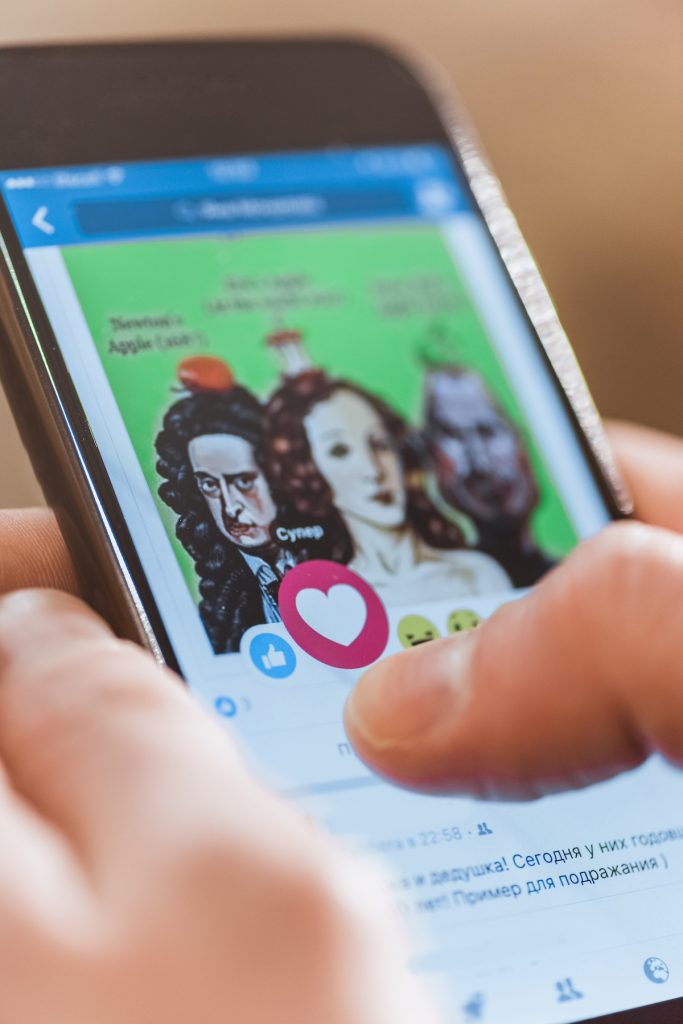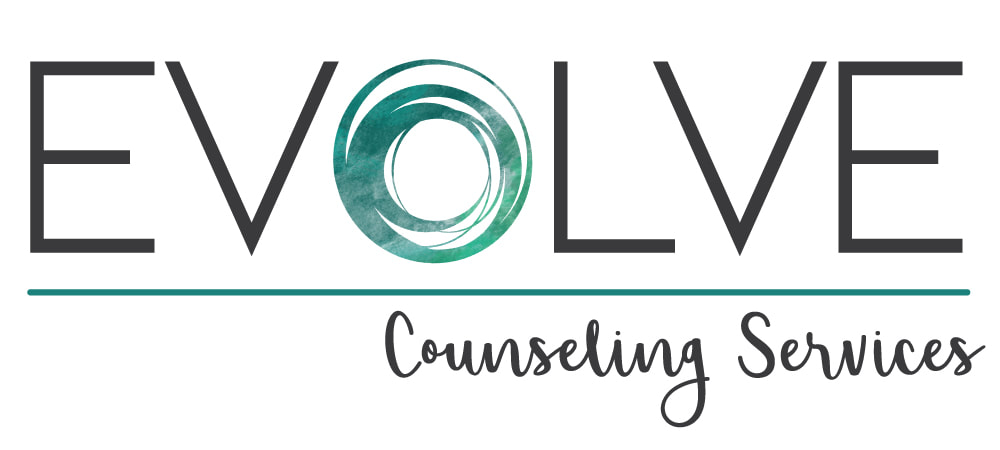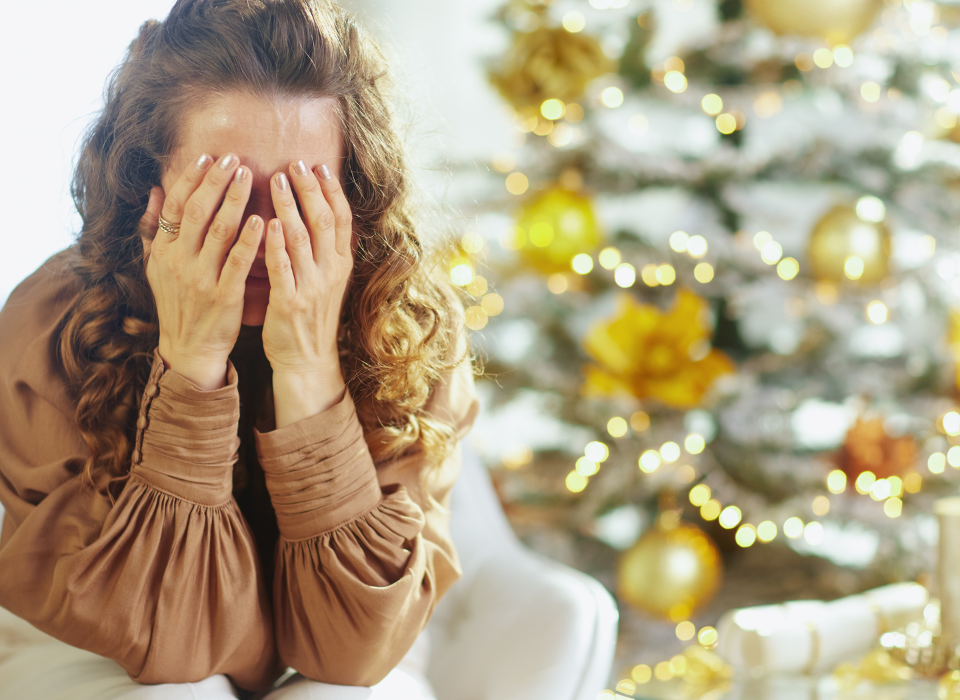
How to Deal with Body Image Issues: A Comprehensive Guide
August 5, 2024
How to Recognize if You’re Suffering from Body Dysmorphia Disorder
August 12, 2024Body image is a complex and multifaceted issue influenced by various factors. Understanding what influences body image is crucial in addressing and mitigating its adverse impacts on individuals. This blog will explore the different influences, focusing on how these factors affect men and women.

Societal and Cultural Influences on Body Image
Societal and cultural standards play a significant role in shaping how individuals perceive their bodies. These standards often dictate what is considered “attractive” or “ideal,” creating unrealistic expectations for people to meet.
Media Representation
The media is one of the most potent influences on body image. From magazines to television shows, advertisements, and social media platforms, portraying idealized bodies can significantly impact how individuals see themselves.
- Photoshop and Airbrushing: Images in the media are often heavily edited to remove any perceived flaws, creating an unattainable standard of beauty.
- Celebrity Culture: The constant focus on celebrity bodies and their scrutiny can make individuals feel inadequate about their bodies.
Cultural Norms
Different cultures have varying standards of beauty, which can influence body image in diverse ways. In some cultures, a fuller figure is celebrated, while in others, thinness is idealized. These cultural norms can significantly impact how individuals feel about their bodies.
Men and Body Image Issues
While body image issues are often associated with women, men also experience significant pressures and challenges related to their appearance. Understanding how men and body image issues intersect is crucial for addressing the problem comprehensively.
Societal Expectations
Men are often expected to embody certain physical traits such as muscularity, strength, and leanness. These expectations can lead to various body image issues, including:
- Muscle Dysmorphia: An obsession with becoming more muscular, often referred to as “bigorexia.”
- Disordered Eating: Engaging in unhealthy eating patterns to achieve a specific body type.
Media Influence
The portrayal of male bodies in the media often emphasizes extreme muscularity and leanness, which can contribute to body dissatisfaction among men. This is exacerbated by the rise of fitness influencers and the constant comparison to idealized male bodies online.
Women and Body Image Issues
Women are often more vocal about their struggles with body image, and they face unique challenges influenced by societal expectations and media portrayals.
Unrealistic Beauty Standards
Women are frequently subjected to unrealistic beauty standards emphasizing thinness, clear skin, and other physical traits. This can lead to various adverse outcomes, such as:
- Eating Disorders: Conditions like anorexia nervosa and bulimia are often driven by the desire to meet these unrealistic standards.
- Low Self-Esteem: Constant comparison to idealized images can erode self-confidence and self-worth.
Objectification
Women often experience objectification, where their bodies are treated as objects to be evaluated based on appearance. This can lead to a heightened focus on physical appearance and increased body dissatisfaction.
Psychological and Emotional Influences on Body Image
Beyond societal and cultural factors, psychological and emotional factors also play a crucial role in shaping body image.
Childhood Experiences
Early experiences, such as parental attitudes toward body image and comments about weight or appearance, can impact how individuals perceive their bodies.
Peer Pressure
Social interactions and peer pressure can influence body image, especially during adolescence when the desire to fit in is powerful. Bullying or teasing about appearance can have long-term effects on self-esteem and body perception.
Mental Health
Mental health conditions such as depression, anxiety, and obsessive-compulsive disorder (OCD) can exacerbate body image issues. Negative thoughts and feelings about one’s body are often intertwined with these conditions, creating a cycle of dissatisfaction and low self-worth.
Combating Negative Influences on Body Image
Understanding the various influences on body image is the first step in addressing and mitigating their impact. Here are some strategies to combat harmful influences:
- Media Literacy: Educate yourself on the unrealistic nature of many media images and learn to evaluate what you see critically.
- Positive Role Models: Follow and engage with individuals and communities that promote body positivity and diversity.
- Mental Health Support: Seek support from mental health professionals to address underlying psychological issues and develop healthier coping mechanisms.
- Lifestyle: Focus on overall well-being rather than just appearance. Engage in activities that make you feel good physically and mentally.
Understanding What Influences Body Image
Many factors influence body image, including societal standards, media representations, cultural norms, and psychological experiences. Both men and women face unique challenges related to body image, but by understanding these influences, we can take steps to promote a healthier, more positive self-view. Addressing these issues requires a comprehensive approach that includes media literacy, positive role models, mental health support, and a focus on overall well-being. By fostering a more inclusive and accepting environment, we can help individuals develop a healthier relationship with their bodies.
____________________________________________________________________________
Looking for treatment for an eating disorder, anxiety, depression, trauma, or postpartum mood disorder?
Evolve Counseling Services is a specialized team of Licensed Therapists providing treatment in Paoli.



